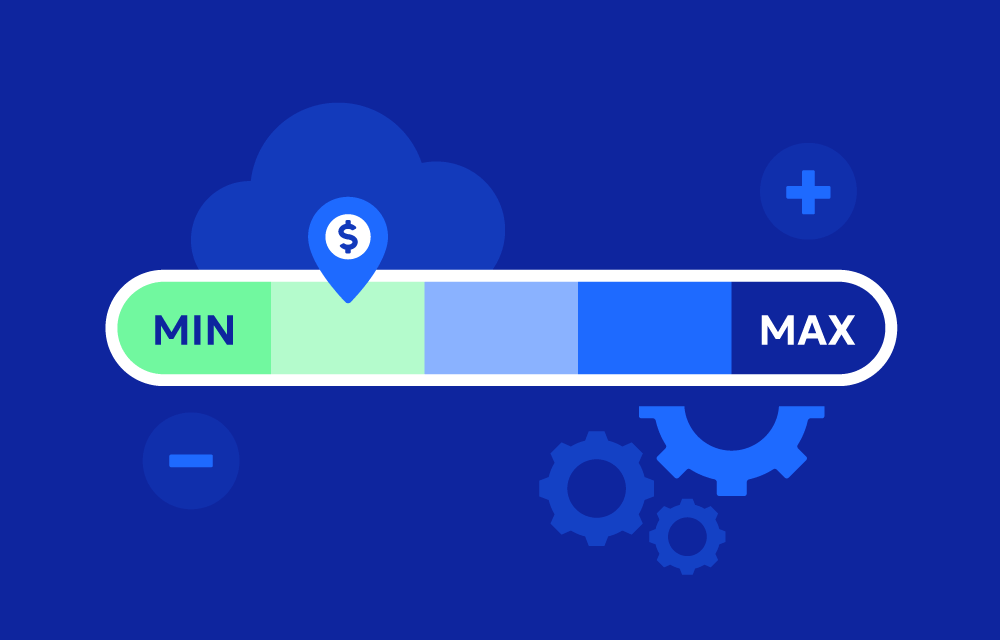History
The evolution of cloud cost provisioning is closely tied to the adoption of cloud computing. Initially, organizations struggled with unpredictable costs due to the pay-as-you-go model. As cloud services matured, tools and practices for cost management emerged. Early efforts focused on basic cost tracking and reporting, but as cloud environments grew more complex, the need for advanced provisioning and optimization strategies became apparent.
In the late 2010s, the integration of AI and machine learning began to transform cloud cost provisioning, enabling more accurate predictions and automated adjustments. These advancements have made it possible to manage costs dynamically, responding in real-time to changing workloads and business needs.
Value proposition
Cloud cost provisioning offers several key benefits:
- Cost Control: Helps organizations manage and predict cloud expenses, preventing overspending.
- Resource Optimization: Ensures that cloud resources are allocated efficiently, maximizing value.
- Budget Adherence: Facilitates adherence to financial plans and budgets.
- Enhanced Transparency: Provides clear visibility into cloud spending, aiding in financial planning and forecasting.
- Scalability: Supports the ability to scale resources up or down based on demand without exceeding budget limits.
Challenges
Despite its advantages, cloud cost provisioning faces several challenges:
- Complexity: Managing costs in a dynamic cloud environment can be complex, requiring detailed understanding of usage patterns and pricing models.
- Forecasting Accuracy: Predicting future cloud costs accurately is challenging, especially with volatile workloads.
- Integration: Integrating cost provisioning tools with existing financial systems and workflows can be difficult.
- Skill Gap: There is a shortage of professionals skilled in cloud cost management and provisioning.
- Continuous Monitoring: Requires ongoing monitoring and adjustments to stay within budget and optimize resource use.
Key features
- Automated Budgeting: Tools that automate the creation and management of cloud budgets.
- Cost Allocation: Mechanisms to distribute cloud costs accurately across departments, projects, or teams.
- Predictive Analytics: AI-driven tools that predict future costs based on historical data and usage patterns.
- Real-Time Monitoring: Continuous tracking of cloud spending to identify and address cost overruns promptly.
- Optimization Recommendations: Automated suggestions for cost-saving opportunities and resource optimization.
Types of provisioning
- Static provisioning: Fixed allocation of resources and budget, based on predicted needs.
- Dynamic provisioning: Adjusts resource allocation in real-time based on actual usage and demand.
- Predictive provisioning: Uses historical data and AI to forecast future needs and allocate resources accordingly.
- Policy-based provisioning: Allocates resources and budgets according to predefined policies and rules.
Market
The market for cloud cost provisioning tools is growing rapidly, driven by the increasing adoption of cloud services and the need for effective cost management. Key players in the market include:
- Amazon Web Services (AWS): AWS Budgets, AWS Cost Explorer
- Microsoft Azure: Azure Cost Management and Billing
- Google Cloud Platform (GCP): Google Cloud Billing, Cost Management
- IBM Cloud: IBM Cloud Cost and Asset Management
- Oracle Cloud: Oracle Cloud Cost Management
Additionally, numerous third-party vendors offer specialized tools for cloud cost provisioning, enhancing the capabilities of native cloud platforms.
Native cloud providers offering provisioning
- Amazon Web Services (AWS): AWS Budgets, AWS Cost Explorer
- Microsoft Azure: Azure Cost Management and Billing
- Google Cloud Platform (GCP): Google Cloud Billing, Cost Management
- IBM Cloud: IBM Cloud Cost and Asset Management
- Oracle Cloud: Oracle Cloud Cost Management
Third-Party software offering cost provisioning
- CloudHealth by VMware: Advanced cost management and optimization for multi-cloud environments.
- Flexera: Comprehensive solutions for managing cloud costs and optimizing resource usage.
- Apptio Cloudability: Financial optimization and cost management tools for cloud services.
- Spot.io: Provides cloud cost optimization tools, ensuring efficient usage and savings.
- Zesty: Automated cloud cost management and optimization with real-time insights and adjustments.
Similar concepts
- Cloud Cost Management: Broader practices that include cost provisioning, optimization, and reporting.
- Cloud Financial Management (FinOps): The practice of managing cloud financial operations to optimize spending and align with business goals.
References
- Using the Right Tools for Your Cloud Cost Forecasting | AWS Cloud Financial Management
- How AI and Machine Learning Can Improve Cloud Cost Management
- The Future of Cloud Cost Management: AI and Machine Learning
Further reading/watching
- “Cloud FinOps: Collaborative, Real-Time Cloud Financial Management” by J.R. Storment and Mike Fuller: A comprehensive guide to managing cloud costs.
- “The DevOps Handbook” by Gene Kim, Jez Humble, Patrick Debois, and John Willis: Insights into integrating financial management into DevOps practices.
- “Mastering AWS cost optimization: Real-world tech and operational best practices | PlatformCon 2023” , various speakers, 2023.



